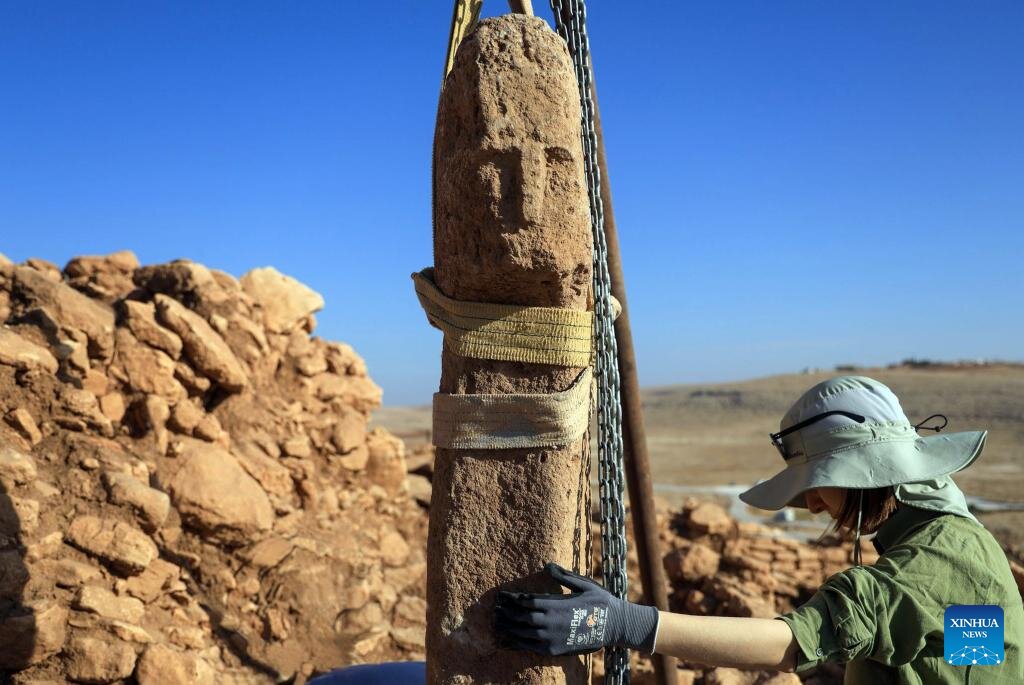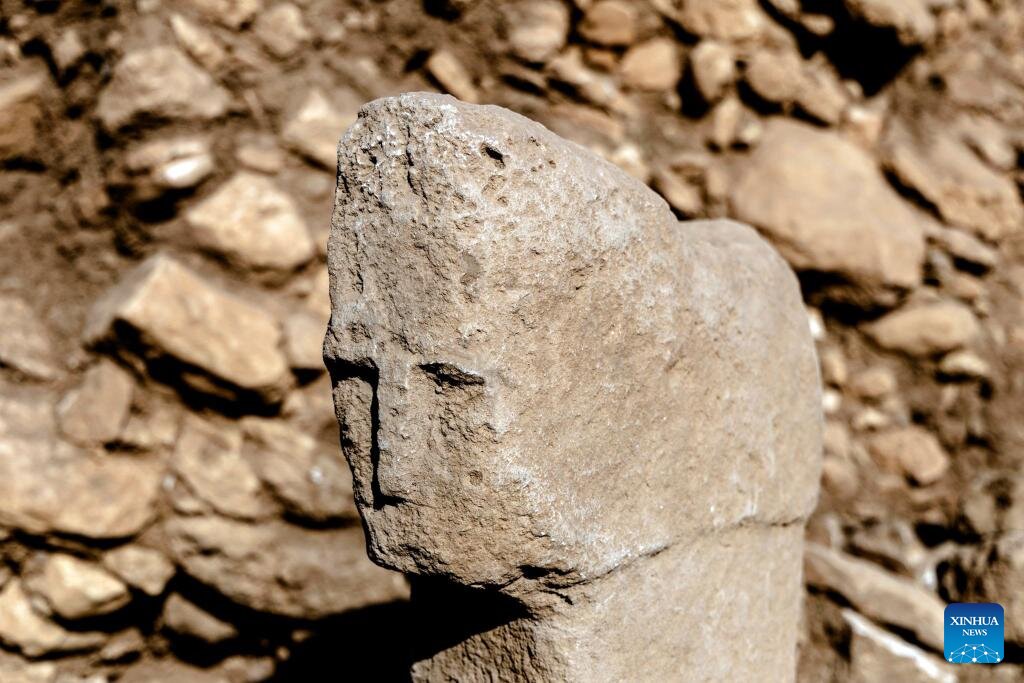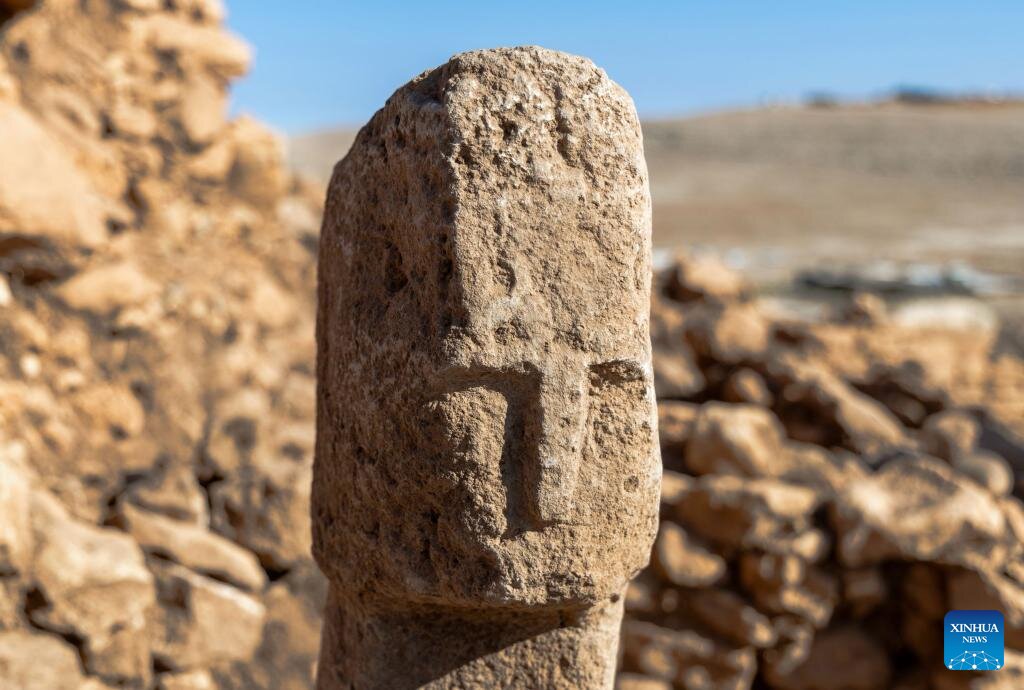On October 7, the Turkish Ministry of Culture and Tourism announced that archaeologists had discovered a stone pillar carved with a human face at the Karahantepe site in the southeastern part of the country - marking the first time the face of a human in the new stone era has been carved directly on a stone pillar.
The rock was discovered within the framework of the "Rock Hill" Project - a large-scale archaeological initiative to learn about the process of humans changing from nomadic life to settlement and formation of beliefs about 12,000 years ago. The project includes many famous new stone-era sites such as Göbeklitepe and Karahantepe in southeastern Anatolia.
The artifact found in Karahantepe helps to light up human history the first proof that people in the new stone period carved themselves into stone pillars, said Turkish Culture and Tourism Minister Mehmet Nuri Ersoy.
According to the description, the face carved on the top of the pillar has a sharp line, deep eyes and a large square bridge of the nose, similar to the statues that were previously discovered in Karahantepe.



The Turkish Ministry of Culture and Tourism assessed that this artifact not only shows the sophisticated sculpting technique of the residents of the new stone period, but also reflects the existential thinking and self-recognizing ability of humans.
Previously, T-shaped stone pillars in Karahantepe and Göbeklitepe were often carved with only arms and hands, so researchers thought they symbolized the shape of a person. However, this is the first time a human face has been directly engraved, opening up a new direction of understanding about the symbol and art of residents at this time.
Experts say this discovery reinforces the hypothesis that stone pillars not only have ceremonial or architectural functions, but also have profound symbolic meanings, reflecting theolution in the perception and beliefs of humans in prehistoric times.












